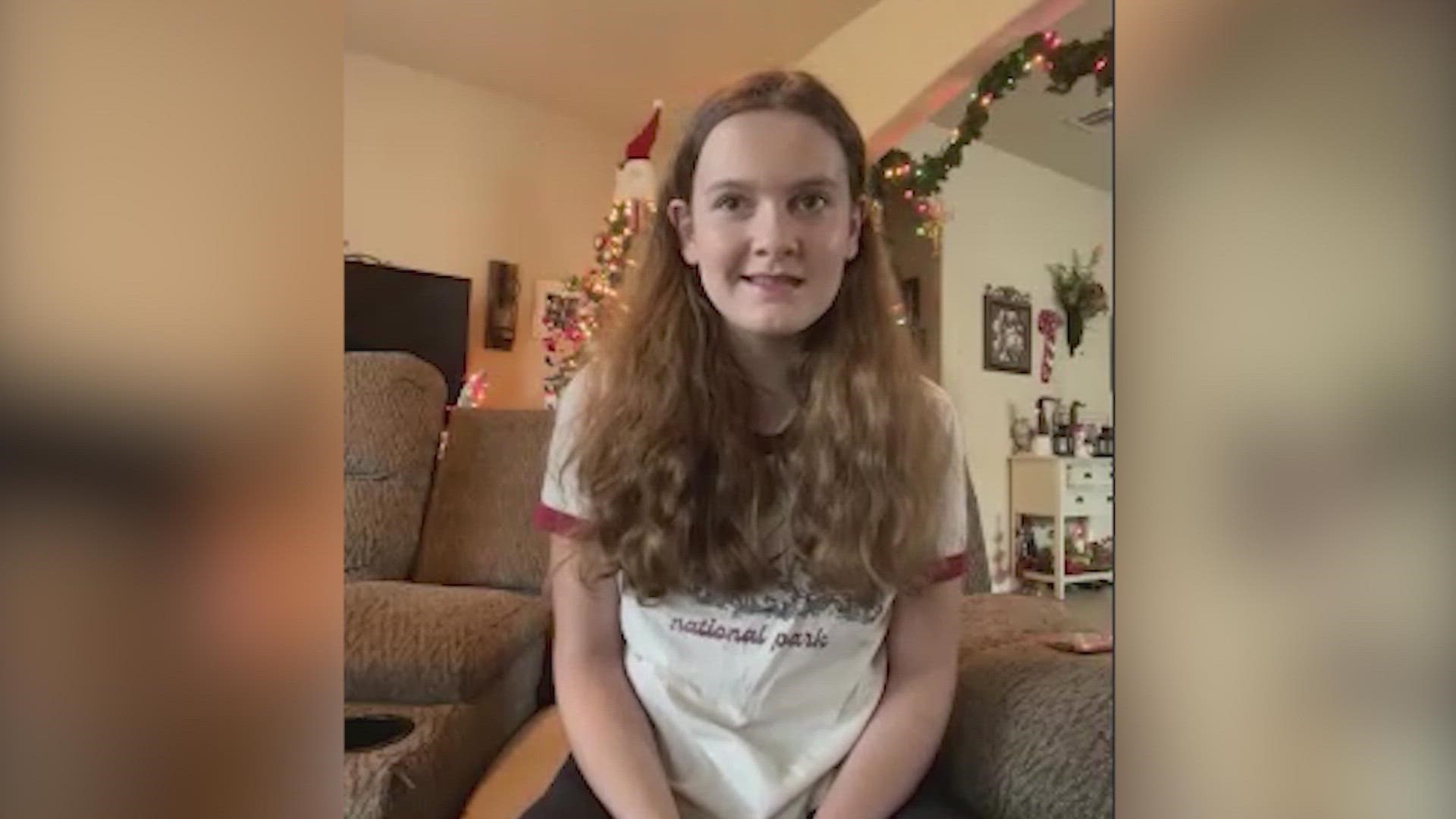SAN ANTONIO — A seven-year-old should not be getting sick with a new virus every three weeks. Yet, eight years ago, Isabella Robinson was going though exactly that.
She suffered from strep throat, influenza, Rotavirus, and other illnesses constantly. Her Mother, Jennifer Robinson, said she saw few improvements from medications and said doctors started questioning if she gave her daughter medication at all.
After weeks of doctor's visits, Robinson started to ask for additional blood tests as the family searched for solutions.
"She was losing weight. She had darks circles under her eyes... something was going on," Robinson said. "I was watching my daughter slowly waste away in front of me."
Then one night, her pediatrician called and said she needed to come into the doctors office the next morning so they could talk.
Her daughter, who goes by Bella, was diagnosed with a rare immune system disorder called Hypogammaglobulinemia.
"Your child's immune system does work." Robinson said, describing the disorder.
The diagnosis meant Bella had low antibody levels and, unfortunately, there was no cure. If Bella was going to have antibodies, she could need to get direct plasma infusions, every month, for the rest of her life.
Plasma supplies critical proteins for immunity and blood clotting, helps maintain blood pressure and volume, and carries electrolytes such as sodium and potassium to muscles according to the Red Cross.
Bella would eventually have a port put in her chest to receive the infusions and would need visit Octapharma every month.
But the plasma saved her life.
"That's what gives her her energy. She can function. She gets to live a normal life. She gets to dance. She gets to cheer. She gets to go to school. She gets to be who she is," Robinsons said.
Despite the difficult journey, Bella still keeps a positive spirit and is now helping Octapharma spread the message about the importance of plasma donation and about Hypogammaglobulinemia. She said she has already explained it multiple times at school, and sometimes even brings a pump and bags of saline to educate people.
"I feel like a lot of people don't know what Hypogammaglobulinemia is," Bella said. "Some of my teachers even thought I was making it up. But it's real, so I want to put it out there so more people understand it and know about it...and so that they can donate plasma."
There are more than a dozen places to donate plasma across San Antonio and Bella hopes people will look at their options and reach out.
Additionally, South Texas Blood & Tissue spokeswoman Francine Pina told KENS 5 the south Texas area is also in need of regular blood donations. Pina said donations tend to drop off during vacation times such as in December or in the Summer. She said South Texas Blood & Tissue would like to have a six day supply of blood but normally averages a two day supply. She said the "O" blood type is in especially high demand.
"A lot of people have the mentality that 'someone else will donate' and that is often not the case," Pina said.
Pina told KENS 5 a person can donate blood every 8 weeks.
The South Texas Blood & Tissue Donor Pavilion Donor Center is located at 6211 I-10, San Antonio, TX 78201. You can learn more about donating blood here.

